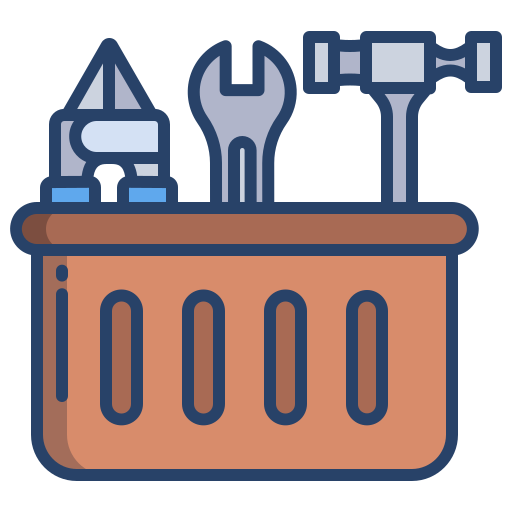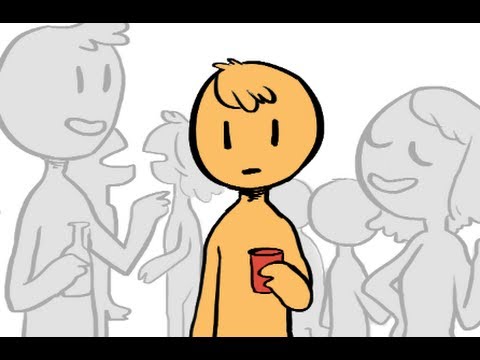If Part 1 was the wake-up call, and Part 2 was the inventory of neurodivergent traits that help us see the problem, then this is where we start asking—what now?
Because noticing is one thing. Resisting is another. And surviving long enough to do either? That’s where it gets tricky.
The truth is, a lot of us—especially those of us with ADHD or other neurodivergent wiring—have already spent a lifetime navigating systems that weren’t built for us. We’ve been surviving bureaucracy, hostility, inefficiency, and unspoken rules that make no sense for decades. That’s not new. What’s new is realizing that the same survival tools we’ve honed to get through school, work, or even just daily life… might also be tools for larger resistance.
So let’s take an honest look at what we already know how to do—and how those strategies can help us push back against dysfunctional systems at scale.
1. Camouflage, Code-Switching, and Controlled Dissonance
Let’s start with one a lot of us hate admitting we do: masking.
If you’ve got ADHD, autism, or really any flavor of divergent wiring, you’ve probably learned to mask—to suppress the parts of yourself that don’t fit, that confuse others, that get labeled “too much” or “not professional.” It’s a survival tool, sure, but also a double-edged one. Mask long enough and you start forgetting who you were underneath it.
But here’s the thing: masking is also a kind of tactical literacy. It’s knowing the room. Knowing what the power dynamics are. Knowing what version of yourself you have to bring to avoid harm—or make progress. That’s not cowardice. That’s code-switching as a form of strategic resistance.
And when you can control that dissonance—when you know why you’re doing it and when to drop the mask—you become dangerous to broken systems. Because you can move inside them without being fully of them.
It’s not fun. It’s not fair. But it’s a skill. And when used with intention, it’s powerful.
2. Stimming, Rituals, and Reclaiming Control
Sometimes the things we do to stay grounded—fidgeting, pacing, zoning out into a spreadsheet for an hour—get dismissed as quirks or distractions. But in high-stress environments (and let’s face it, late-stage capitalism qualifies), these small acts of self-regulation are actually control strategies.
I used to beat myself up for the time I spent re-architecting a process that already technically worked or just shifting things around to what ‘fit’ better for me. Now I realize: that wasn’t wasted energy. It was me building a scaffold of control around an otherwise unpredictable system. A safety net woven out of structure and familiarity.
That’s what rituals do for us. Whether it’s a morning routine, a playlist that signals focus time, or a specific way you prep for meetings—these are personal resistance tools. They say: “The world might be chaos, but this part is mine.”
If you’ve developed a ritual to get through the workday without burning out, congratulations: you’ve already started building your resistance kit.
3. Curiosity as Disruption
One of the lesser-discussed ADHD traits—at least outside of clickbait articles—is unrelenting curiosity. We don’t just want to know how something works. We need to. We’ll chase it down rabbit holes, across disciplines, into 3am Wikipedia binges. And while that can look like distraction from the outside, inside it often feels like truth-seeking.
That kind of curiosity is dangerous to authoritarianism. Because strongman systems thrive on certainty, repetition, and unchallenged narratives. Our drive to ask “Why?” or “What if we did it this way instead?” isn’t just annoying to middle managers—it’s a structural threat to bad systems.
I’ve asked more than a few inconvenient questions in my career. I’ve also been called difficult, rebellious, or “not a team player.” I used to take that personally. Now? I know it usually means I’m getting close to a truth someone doesn’t want examined.
4. The Impulse to Build Better
Another ADHD hallmark: if the system’s broken, we don’t just point it out—we try to fix it. Or replace it. Or duct-tape it into something halfway usable because we cannot tolerate inefficiency forever.
This is where a lot of us burn out—especially in rigid workplaces. But it’s also where some of the most potent forms of resistance begin.
Think about it: authoritarian systems are obsessed with obedience. They expect people to follow the rules, not challenge them. Neurodivergent people… don’t always get that memo. We’re not great at following dumb rules. We’re better at designing new systems that actually work.
Whether it’s rewriting internal processes, starting a mutual aid group, or coding a better tool in your off-hours, that impulse to create alternatives is part of what keeps hope alive. It’s also what helps build parallel systems that outlast the bad ones.
5. This Is the Moment for Weird Leadership
If you’re a leader—especially a neurodivergent one—you are already out of alignment with the systems that reward conformity. That’s not just a personality trait. It’s a strategic advantage.
You’ve built career capital by surviving friction. You’ve carved paths through systems that weren’t designed for you. That means you know where the cracks are—and how to widen them.
And now, you can use that capital to protect others. To design differently. To build what doesn’t yet exist.
Yes, it’s uncomfortable. People may not understand your leadership style. Your pacing may look erratic to them. Your priorities might seem strange. But comfort is a terrible compass. And at this point in history, we don’t need leaders who fit in—we need ones who refuse to.
The best leadership doesn’t come from people who crave power. It comes from those who’ve had to fight to be heard—and who choose to use that hard-earned voice for others.
6. Found Family, Fringe Communities, and Slow-Burn Solidarity
If you’ve ever found a weird little online group where you felt more seen than you ever did in a boardroom or classroom, then you already know what I mean by edge communities. Discord servers, open-source projects, neurodivergent forums, meme accounts turned mutual aid networks—these aren’t just social outlets. They’re scaffolds of resistance.
Because when dominant systems exclude or marginalize you, you learn to build your own spaces. You build trust differently. You find your people and hang onto them.
And those bonds? They’re what make resistance sustainable. You don’t burn out as easily when you’ve got others in the fire with you.
As the world gets noisier, harsher, and more hostile to difference, these communities matter more than ever. They’re where resilience gets built. Where information gets shared before the news catches up. Where soft landings are created in a hardening world.
Survival Isn’t Passive—It’s Practice
When people talk about resistance, they often picture grand acts of defiance. Protest signs. Whistleblowers. Headlines. But resistance can also look like keeping your team human in a dehumanizing org. Like questioning the assumptions in your roadmap. Like getting up one more day and refusing to comply with a system that tells you your brain is broken.
If you’re ADHD, autistic, dyslexic, or just wired weird—know this: you’ve already been resisting your whole damn life. You’ve survived school systems that tried to label you defective, workplaces that couldn’t see your value, and cultures that penalized your difference.
And in that survival? You’ve built tools. Strategies. Rituals. Patterns of care and subversion that the rest of the world might need to learn from sooner than they think.
This isn’t about romanticizing struggle. It’s about recognizing that lived experience is expertise.
If you’ve been “too much,” “too intense,” “too sensitive,” “too weird”—those are not defects. They’re signs that you weren’t meant to fit into broken systems. You were meant to question them.
And maybe? To lead others out of them.
In the words of Year Zero: We’re in this together now.
Let’s start acting like it.




